Tech Industry
Latest about Tech Industry
-
-

HPE gets approval for $14B acquisition of Juniper, to defend AI networking edge against China's Huawei
By Hassam Nasir Published
-
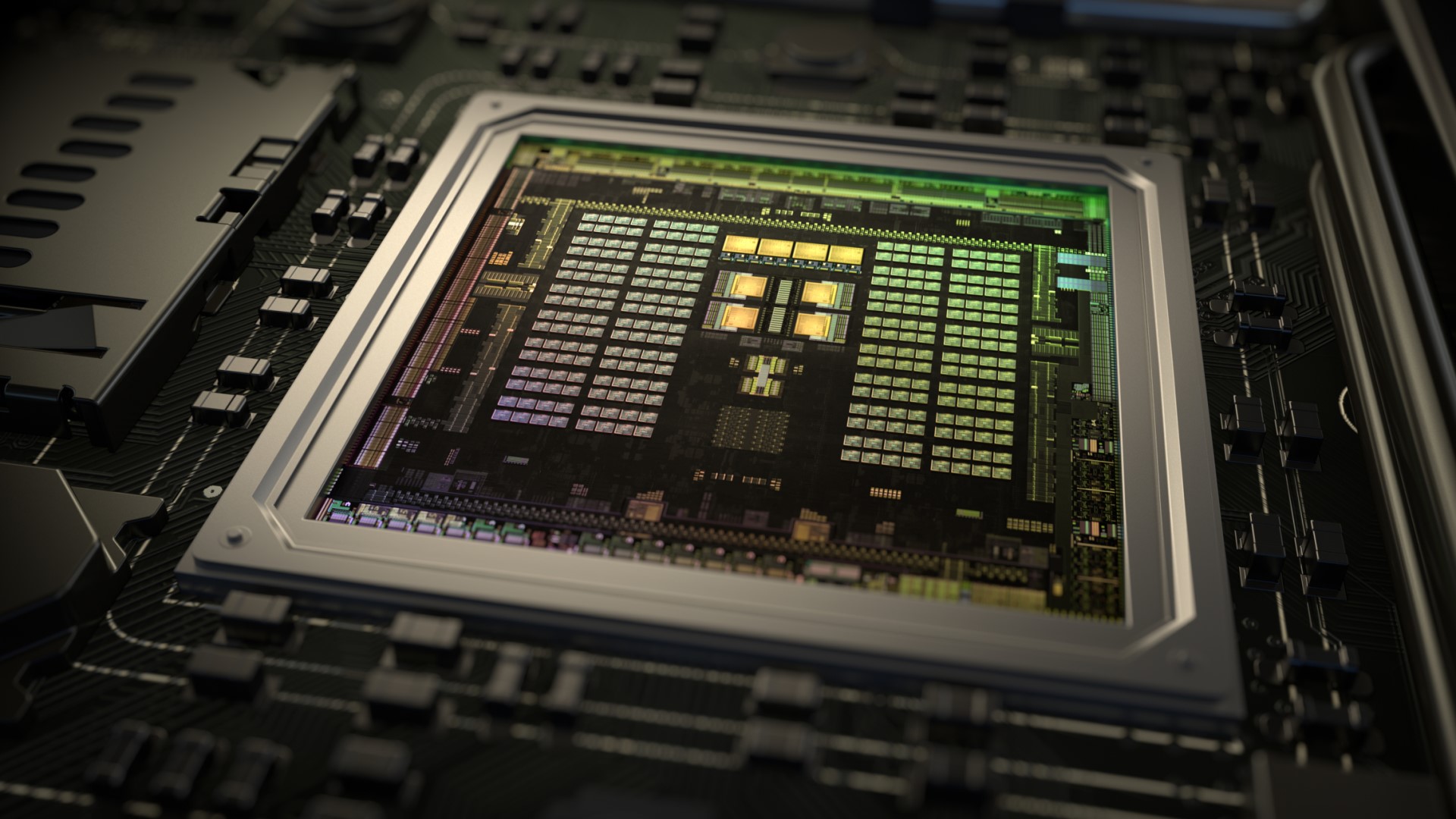
Nvidia's upcoming ARM-based N1X SoC leaks again, this time on FurMark
By Hassam Nasir Published
-
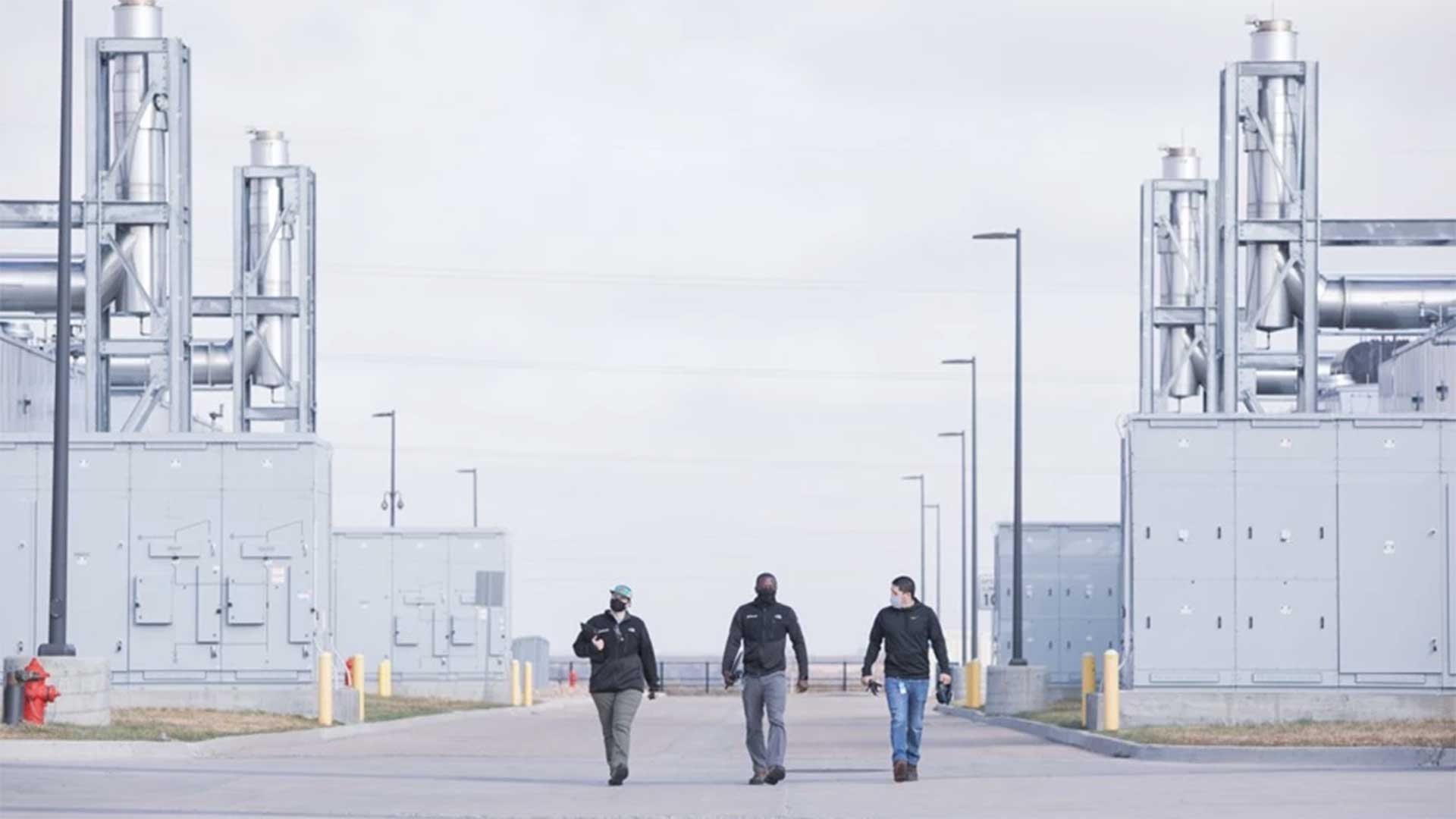
Power usage in Wyoming AI data center could eclipse consumption of the state's human residents by 5x
By Mark Tyson Published
-
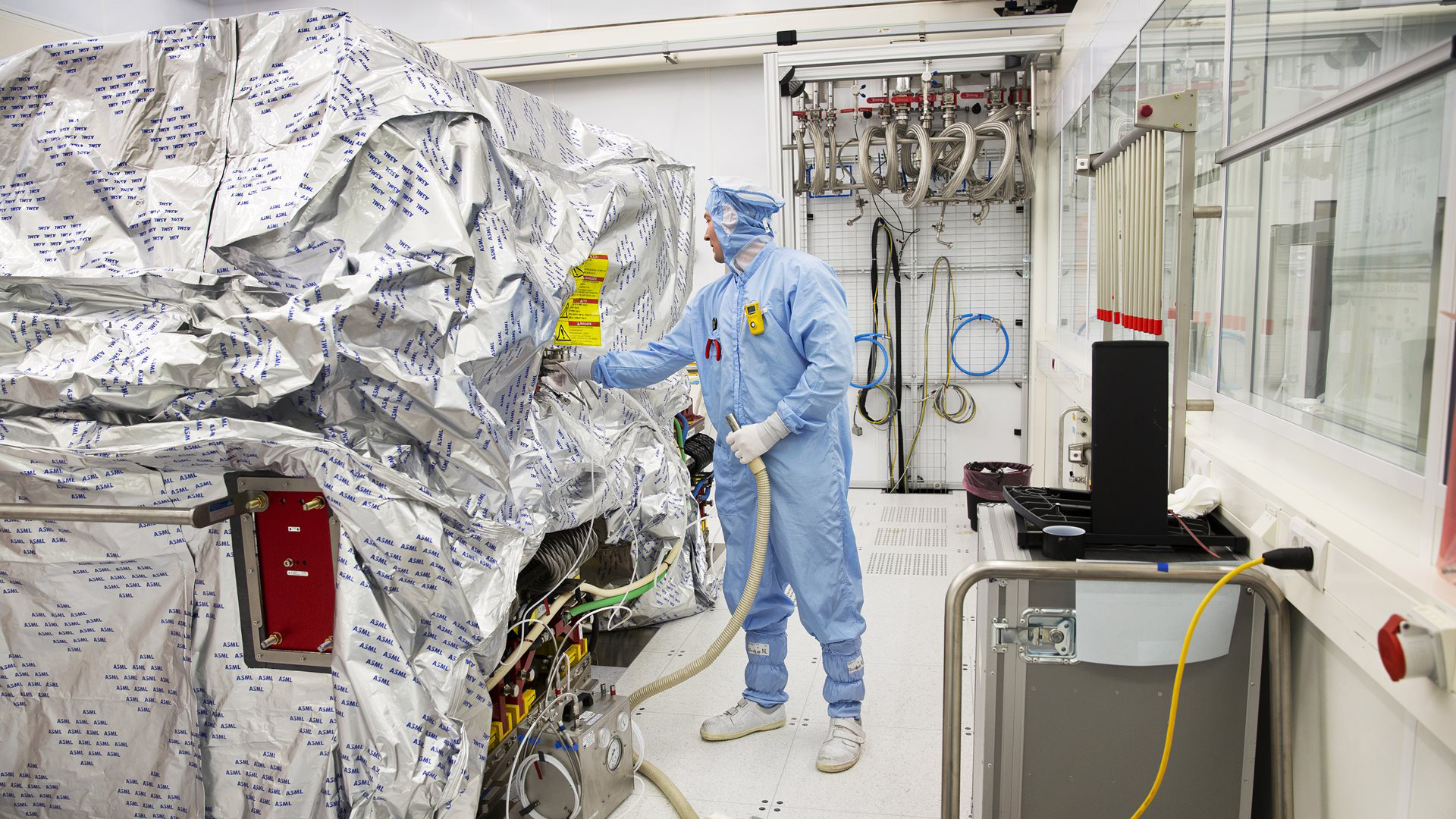
EU fab tool makers, including ASML, get reprieve in EU-U.S. tariffs deal
By Anton Shilov Published
-
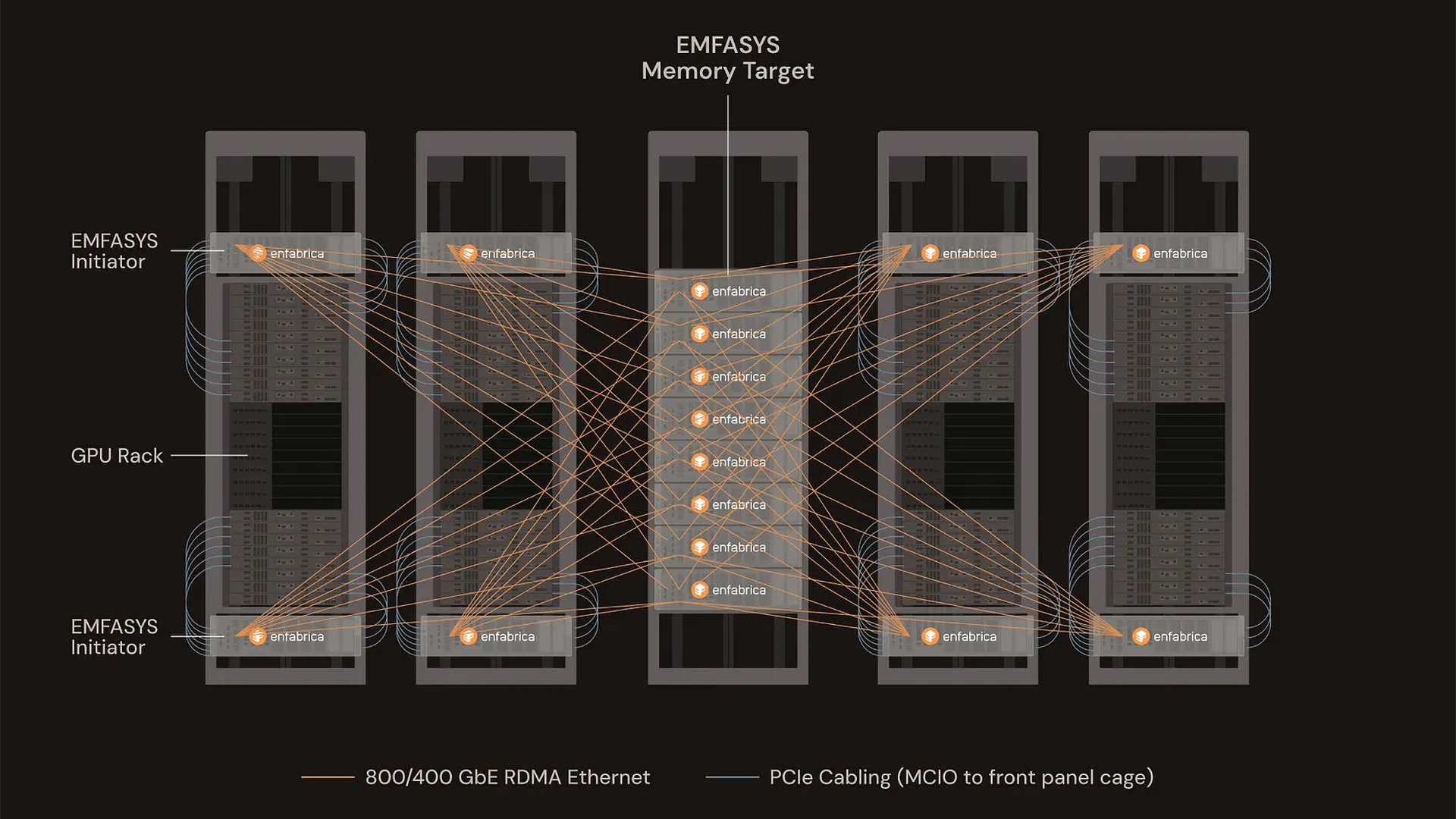
Nvidia-backed startup invents Ethernet memory pool to help power AI
By Anton Shilov Published
-

FBI seizes $2.4 million in Bitcoin from member of recently ascendant Chaos ransomware group
By Aaron Klotz Published
-

EU readies $30 billion investment in gigawatt AI data centers
By Anton Shilov Published
-
Explore Tech Industry
Artificial Intelligence
-
-

Power usage in Wyoming AI data center could eclipse consumption of the state's human residents by 5x
By Mark Tyson Published
-

EU readies $30 billion investment in gigawatt AI data centers
By Anton Shilov Published
-

ChatGPT agent casually brushes aside ‘I am not a robot’ captcha
By Mark Tyson Published
-

China forms AI alliances to cut U.S. tech reliance
By Anton Shilov Published
-
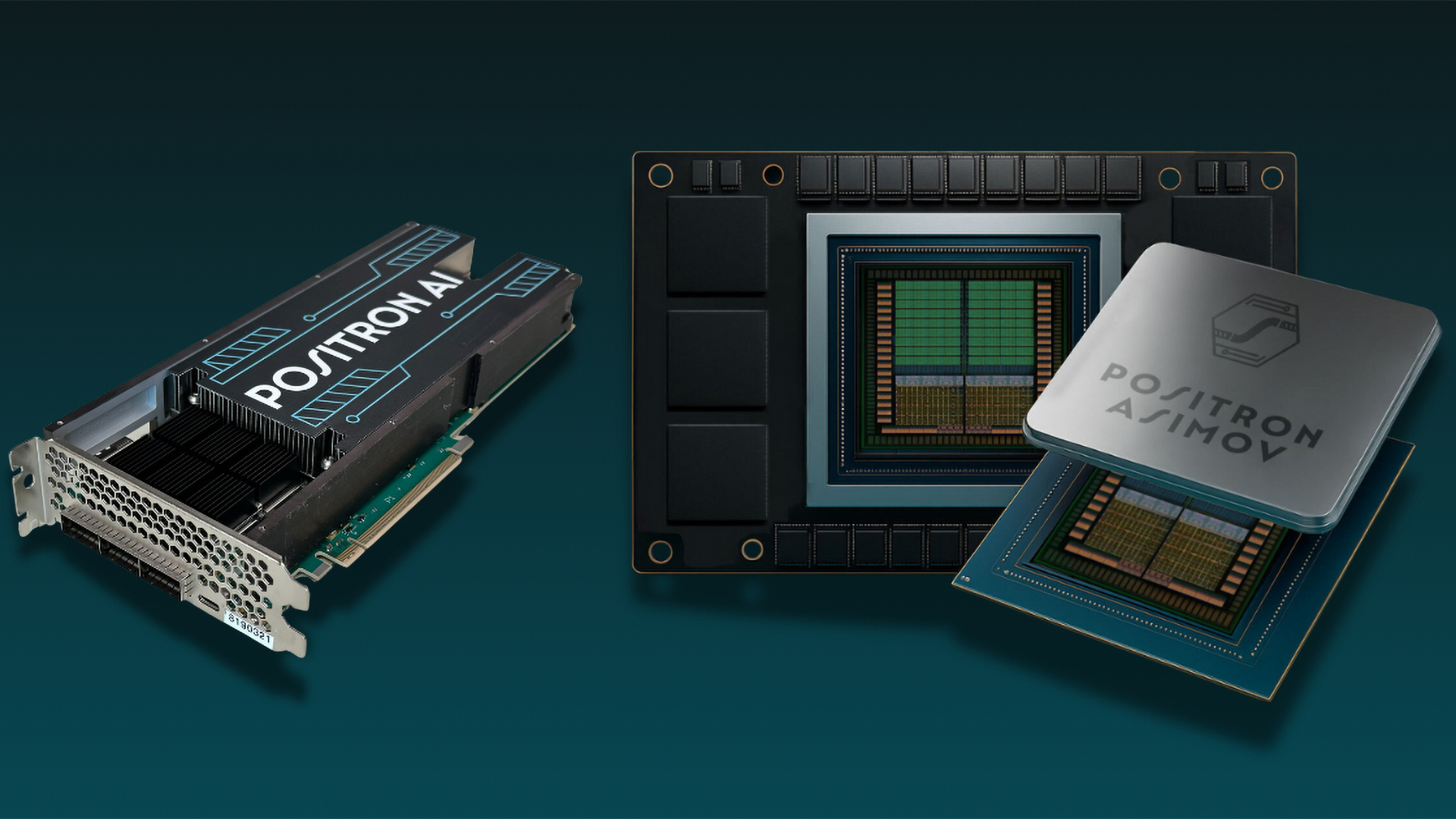
Positron AI says its Atlas accelerator beats Nvidia H200 on inference in just 33% of the power
By Anton Shilov Published
-
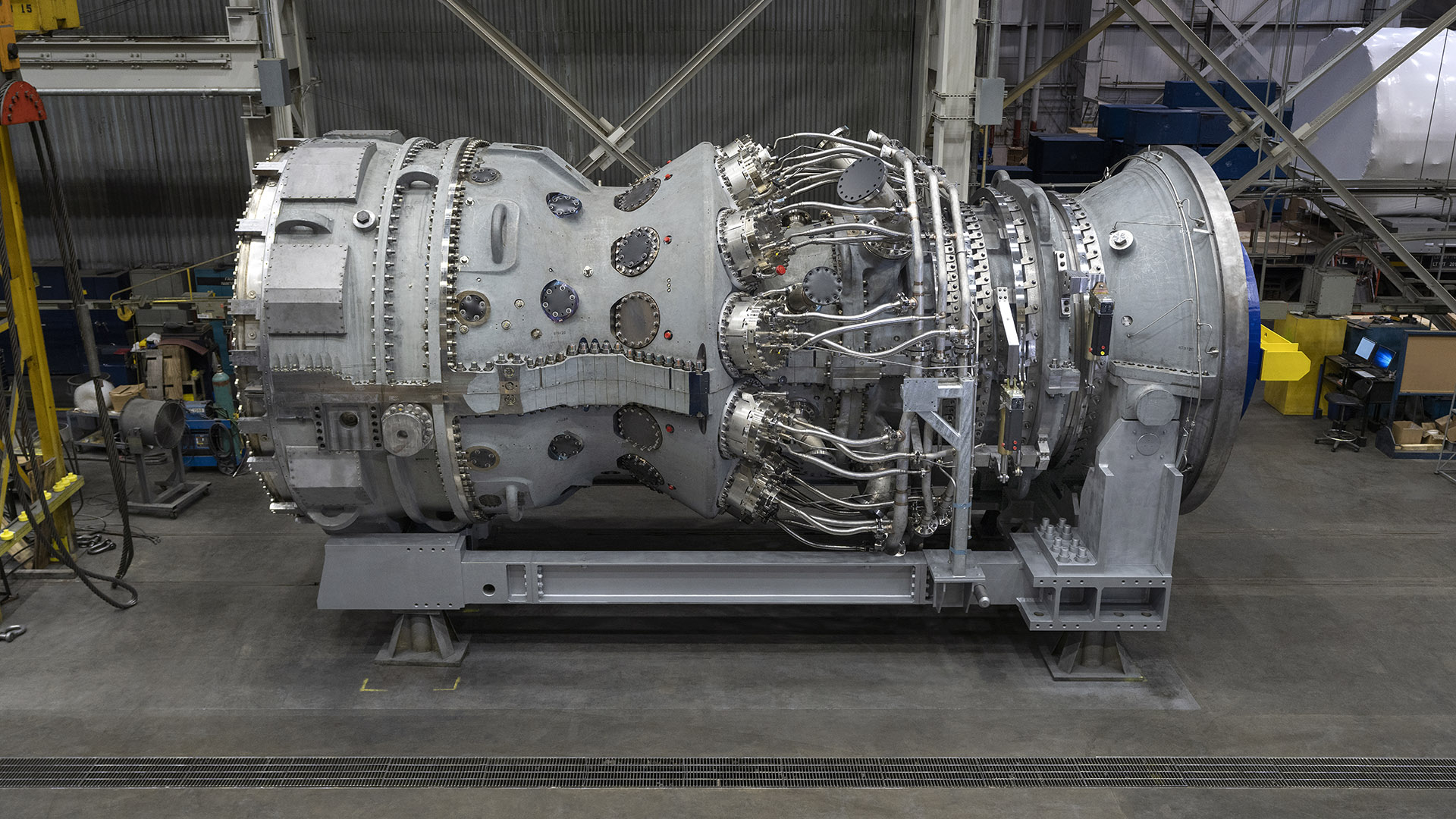
OpenAI follows Elon Musk’s lead — gas turbines to be deployed at its first Stargate site for additional power
By Jowi Morales Published
-

Raja Koduri's mission to deliver high bandwidth memory for GPUs has taken a turn that could enable 4TB of VRAM on AI cards
By Mark Tyson Published
-
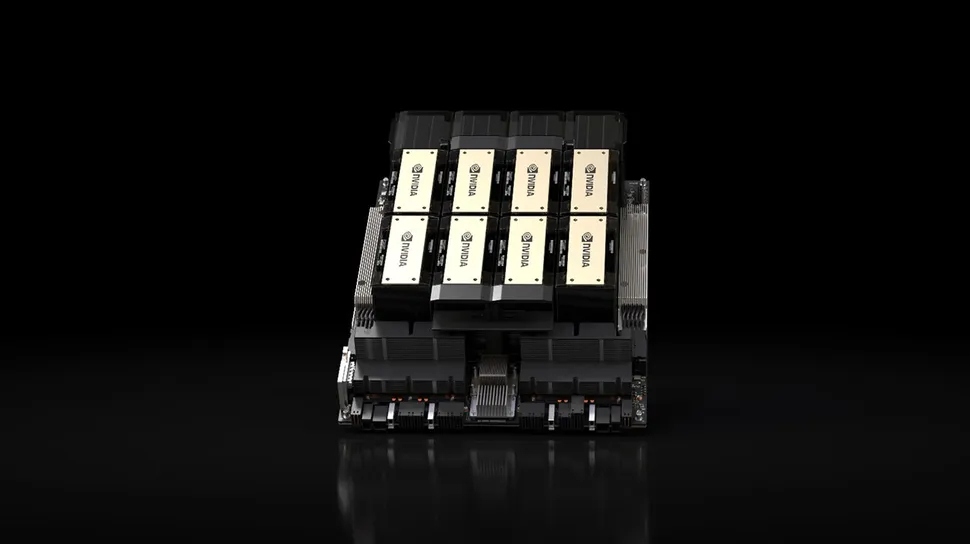
Chinese companies allegedly smuggled in $1bn worth of Nvidia AI chips in the last three months, despite increasing export controls
By Jowi Morales Published
-

Elon Musk says xAI is targeting 50 million 'H100 equivalent' AI GPUs in five years
By Anton Shilov Published
-
Big Tech
-
-

Qualcomm acquires Alphawave Semi for $2.4 billion
By Mark Tyson Published
-

$29.5 million home of Intel founder who invented Moore's Law goes up for sale
By Mark Tyson Published
-

UK company allegedly paid $4m in bribes to secure Microsoft data center construction contract
By Jowi Morales Published
-

Trump administration brands Amazon's tariff transparency plan a 'hostile and political act'
By Mark Tyson Published
-

Nvidia gaming GPUs an afterthought as AI generates mountains of cash — RTX 50-series shortages mentioned, not explained
By Jowi Morales Published
-

Apple says it will spend $500 billion in US over next four years as it faces down Trump tariffs
By Andrew E. Freedman Published
-

Data hoarders race to preserve data disappearing U.S. gov websites
By Jowi Morales Published
-

Intel CEO Pat Gelsinger visits Elon Musk’s Memphis data center, touts Xeon deployment
By Jowi Morales Published
-

'Jensanity' continues in Taiwan, Mini-Jensen Huang cosplayer sports massive Nvidia GPU for Halloween
By Jowi Morales Published
-
Cryptocurrency
-
-

FBI seizes $2.4 million in Bitcoin from member of recently ascendant Chaos ransomware group
By Aaron Klotz Published
-

Crypto wallet Chrome extension is eating SSD storage at an alarming rate
By Nathaniel Mott Published
-

A Bitcoin whale just sold $9.5 billion in crypto that was originally acquired for $54,000 in 2014
By Mark Tyson Published
-

$6 million Bitcoin theft lands cop five and a half years in prison
By Jowi Morales Published
-

BigONE crypto exchange cleaned out for $27 million in Bitcoin, Ethereum, and more
By Jowi Morales Published
-

Bitcoin investor moves $8 billion worth of crypto after 14 years, originally bought for less than $210,000
By Hassam Nasir Published
-
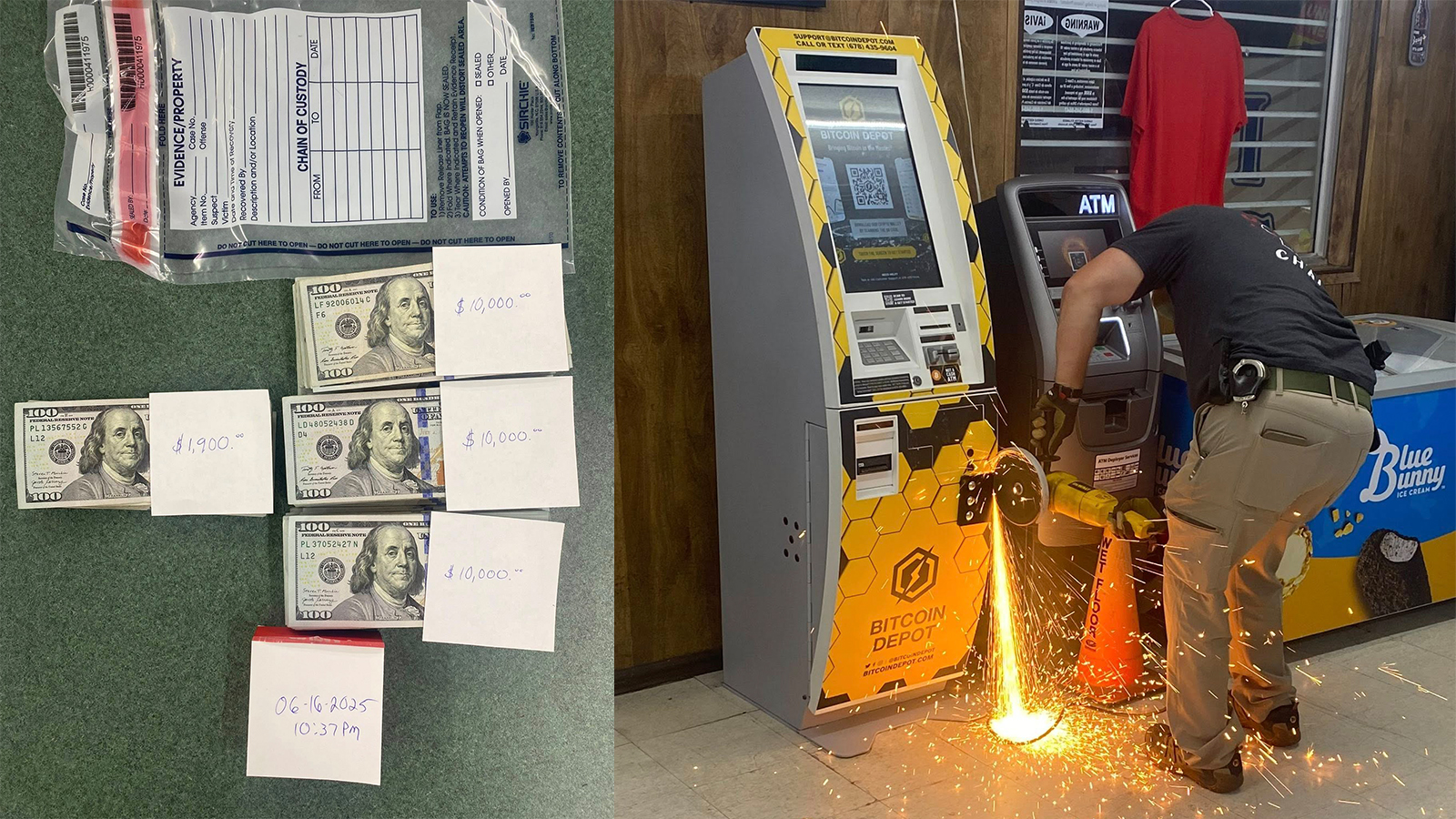
Bitcoin firm says police shouldn't saw open Bitcoin ATMs to seize cash for scammed customers, will seek damages for destroyed machines
By Jowi Morales Published
-

Australian authorities say top crypto ATM users are scam victims and money mules
By Jowi Morales Published
-

Man behind $245m Bitcoin theft has bizarre tale that includes kidnapped parents, fraud, and money laundering
By Mark Tyson Published
-
Cyber Security
-
-

Ukraine strikes back at Russia with cyberattack on forces in Crimea
By Nathaniel Mott Published
-

IT provider sued after it simply 'handed the credentials' to hackers
By Jowi Morales Published
-

Hacker plants three strains of malware in a Steam Early Access game called Chemia — security company found crypto-jacking infostealers and a backdoor to install yet more malware in the future
By Nathaniel Mott Published
-

Microsoft says China-based hackers exploiting critical SharePoint vulnerabilities to deploy Warlock ransomware
By Nathaniel Mott Published
-

Hacker injects malicious, potentially disk-wiping prompt into Amazon's AI coding assistant with a simple pull request
By Nathaniel Mott Published
-

UK to ban making ransomware payments for some organizations
By Nathaniel Mott Published
-
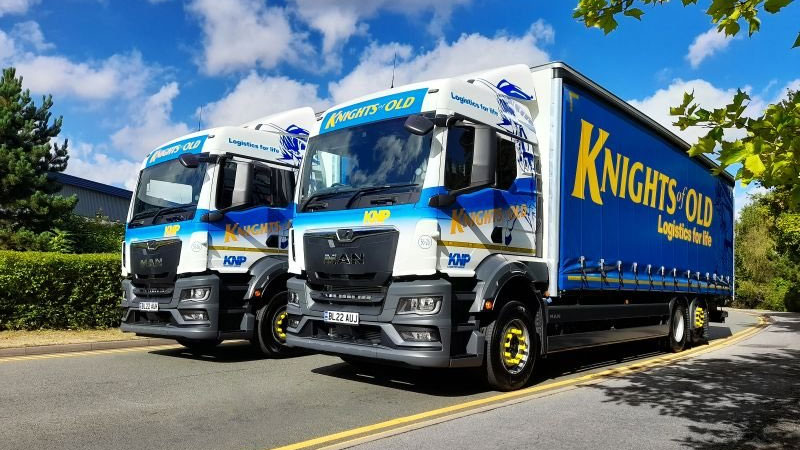
158-year-old company forced to close after ransomware attack precipitated by a single guessed password
By Mark Tyson Published
-

Microsoft's Secure Boot UEFI bootloader signing key expires in September, posing problems for Linux users
By Nathaniel Mott Published
-

Microsoft to stop using engineers in China to work on U.S. Defense computer systems in wake of investigative report
By Jowi Morales Published
-
Manufacturing
-
-

Nvidia's upcoming ARM-based N1X SoC leaks again, this time on FurMark
By Hassam Nasir Published
-

EU fab tool makers, including ASML, get reprieve in EU-U.S. tariffs deal
By Anton Shilov Published
-
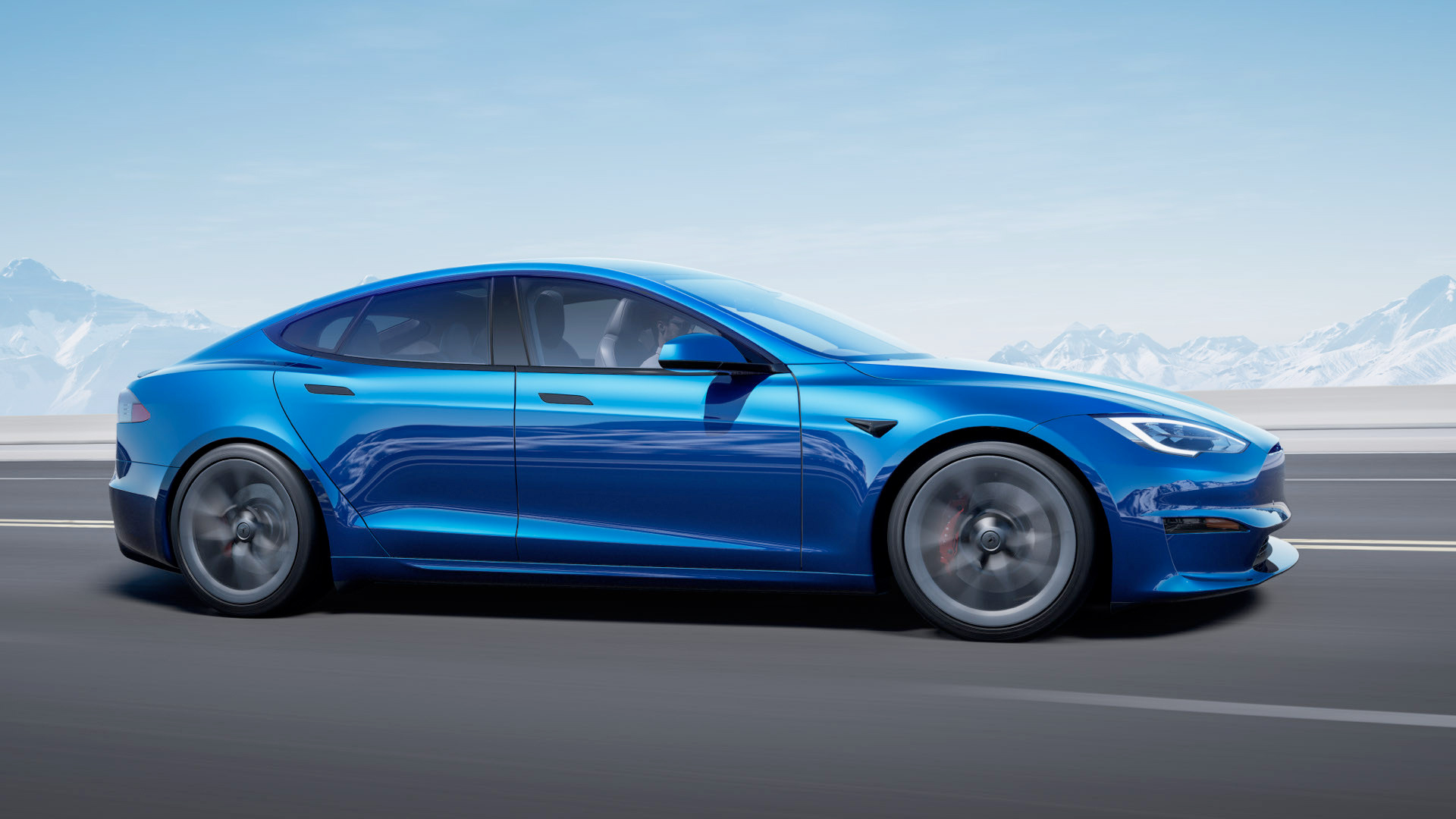
Samsung inks $16.5 billion Tesla AI chip deal
By Anton Shilov Published
-

TSMC's second Japanese fab reportedly delayed, mass production pushed to 2029
By Anton Shilov Published
-

Intel will cancel 14A and following nodes if it can't win a major external customer
By Anton Shilov Published
-

Nvidia's desktop PC chip holdup purportedly tied to Windows delays
By Hassam Nasir Published
-

TSMC's quarterly sales hit a record $30 billion
By Anton Shilov Published
-

Japanese chipmaker Rapidus begins test production of 2nm circuits — company commits to single-wafer processing ahead of 2027 mass production target
By Anton Shilov Published
-

Intel allegedly planning more Oregon layoffs — new report says retreating operation could become a liability to the state
By Mark Tyson Published
-
Quantum Computing
-
-

Quantum machine learning unlocks new efficient chip design pipeline
By Jon Martindale Published
-
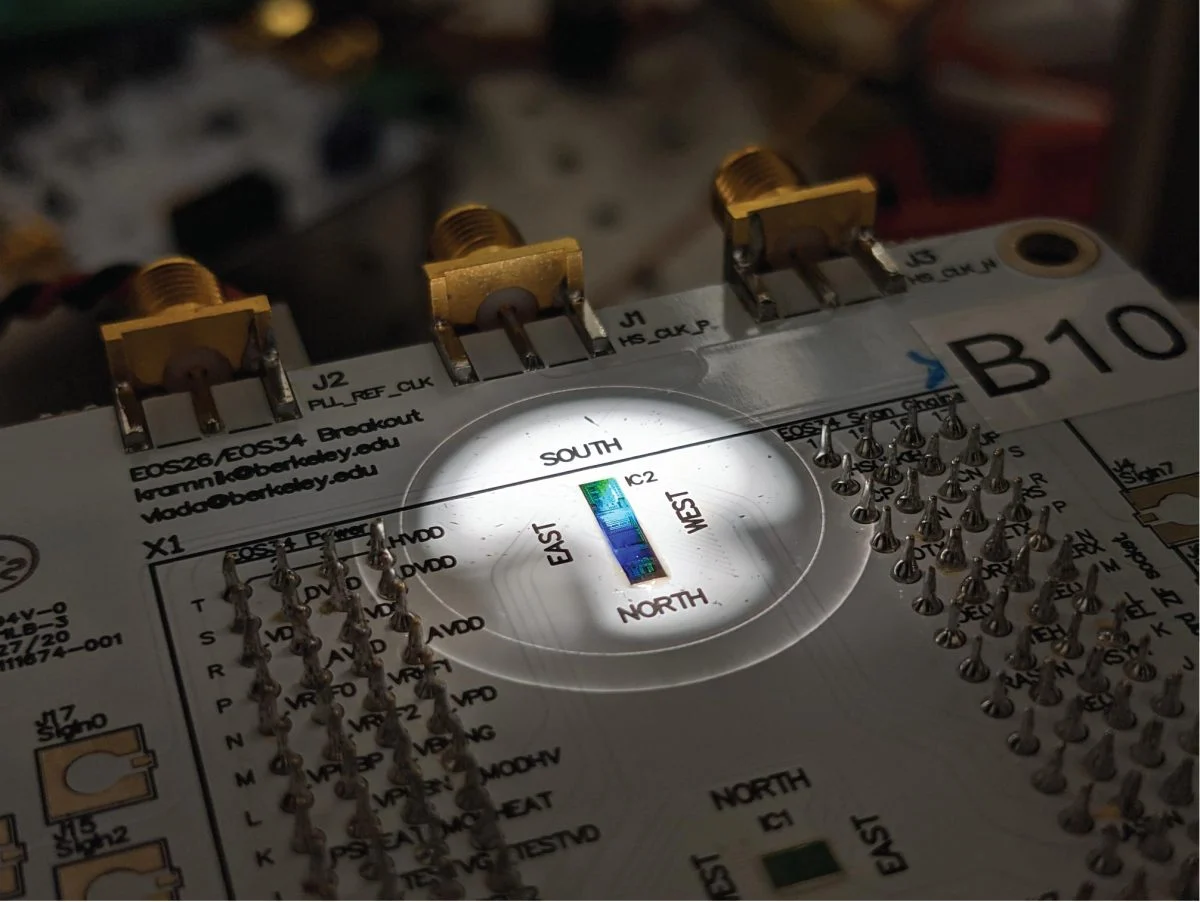
The world's first hybrid chip combining photonics and electronics with quantum computing is here, and it's built like a normal silicon SoC
By Hassam Nasir Published
-

IBM is building a large-scale quantum computer that 'would require the memory of more than a quindecillion of the world's most powerful supercomputers' to simulate
By Mark Tyson Published
-

Nvidia in talks to invest in PsiQuantum
By Ash Hill Published
-

QNodeOS claims to be the first operating system for quantum networks, paving the way for future quantum applications
By Hassam Nasir Published
-
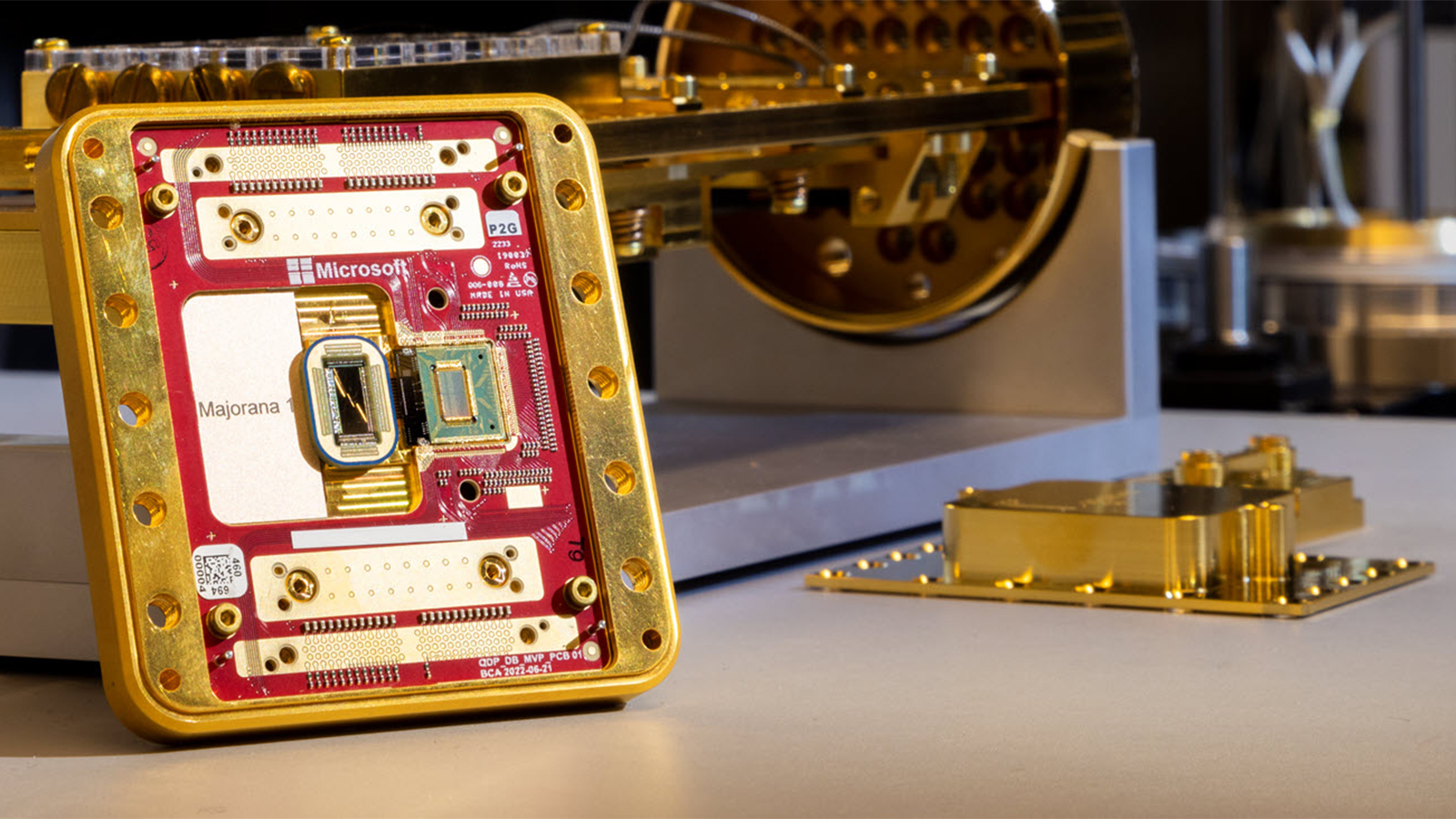
Microsoft's latest Quantum computing claims have been named 'unreliable' by scientists
By Jowi Morales Published
-
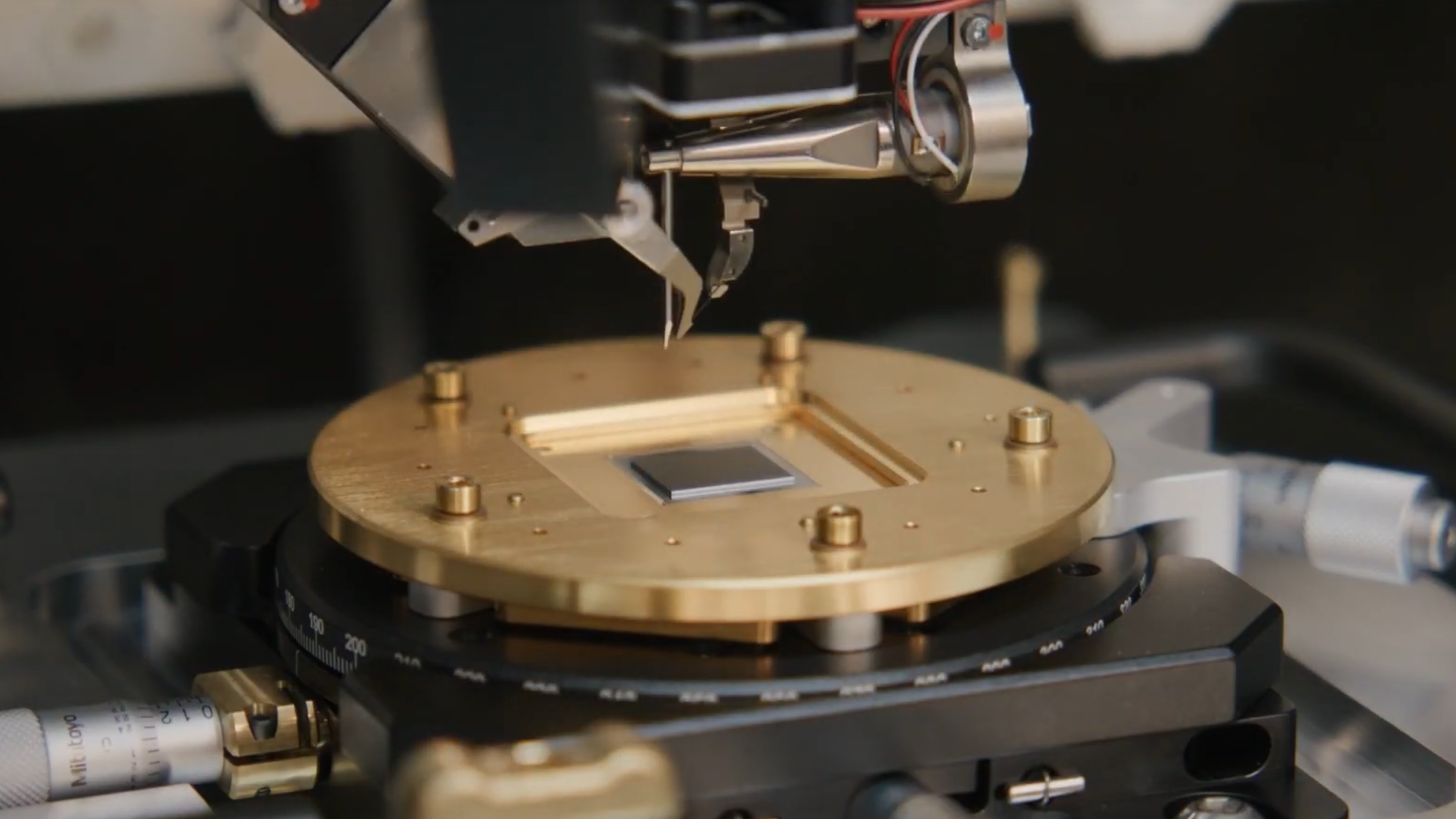
Amazon's Ocelot quantum chip uses 'cat qubits' to 'reduce error correction by up to 90%'
By Christopher Harper Published
-

Quantum computing stocks dropped over 40% after Nvidia CEO prediction
By Aaron Klotz Published
-

China's 504-qubit quantum computer chip marks a new domestic record
By Anton Shilov Published
-
Supercomputers
-
-

AMD's massive GPU VRAM on its Instinct cards has broken Linux's hibernation feature
By Hassam Nasir Published
-

AMD supercomputers take gold and silver in latest Top500 as Chinese HPC remains shrouded in secrecy
By Anton Shilov Published
-

'Brain-inspired' supercomputer with no GPUs or storage switched on
By Aaron Klotz Published
-

China’s Hygon and Sugon merge to form a vertically integrated supercomputing giant
By Mark Tyson Published
-

MSI to unveil desktop AI supercomputer at Computex 2025, powered by Nvidia DGX
By Stephen Warwick Published
-

Supercomputer beats human four sextillion to 13 in ‘Super Keisan Battle’ at Japanese tech show
By Mark Tyson Published
-
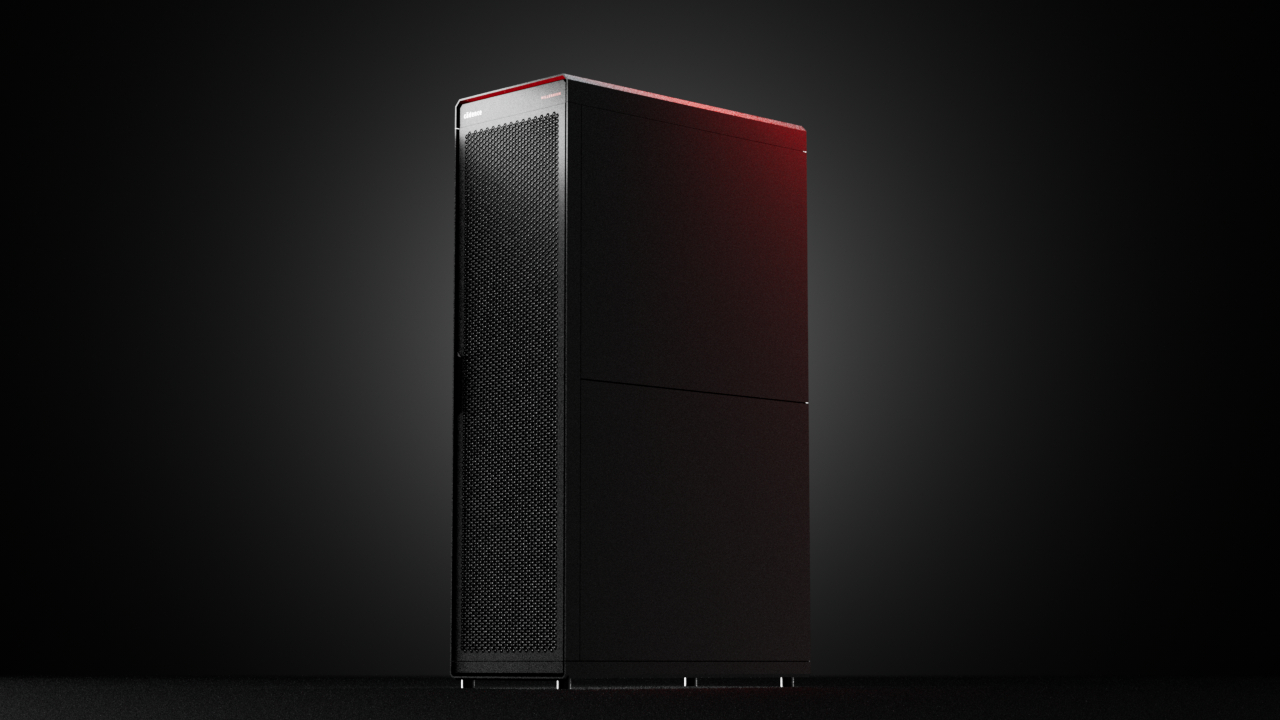
Cadence releases new AI supercomputer — uses Nvidia RTX Pro 6000 GPUs to improve simulation run time
By Jowi Morales Published
-
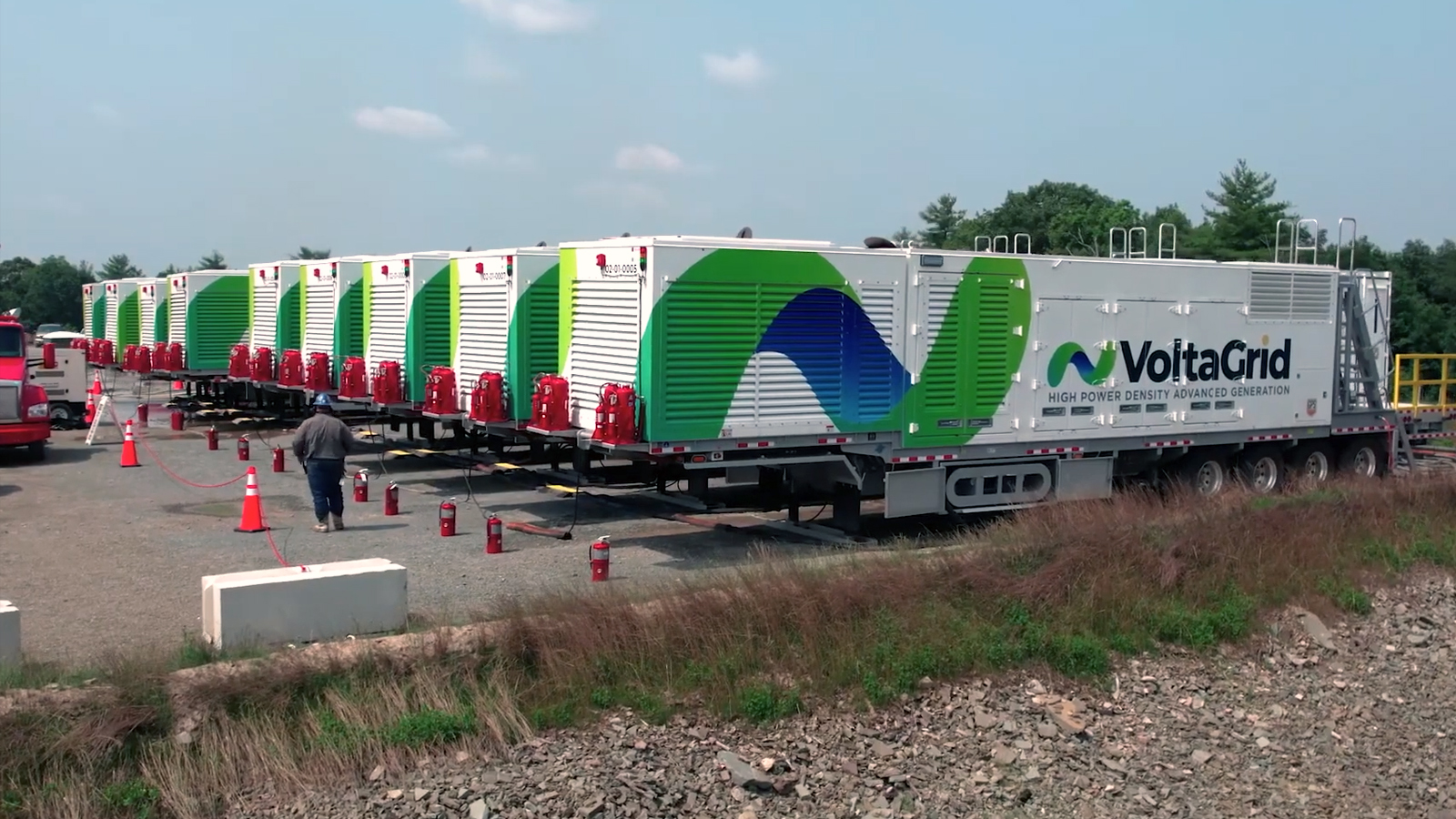
Elon Musk’s Nvidia-powered Colossus supercomputer faces pollution allegations from under‐reported power generators
By Jowi Morales Published
-
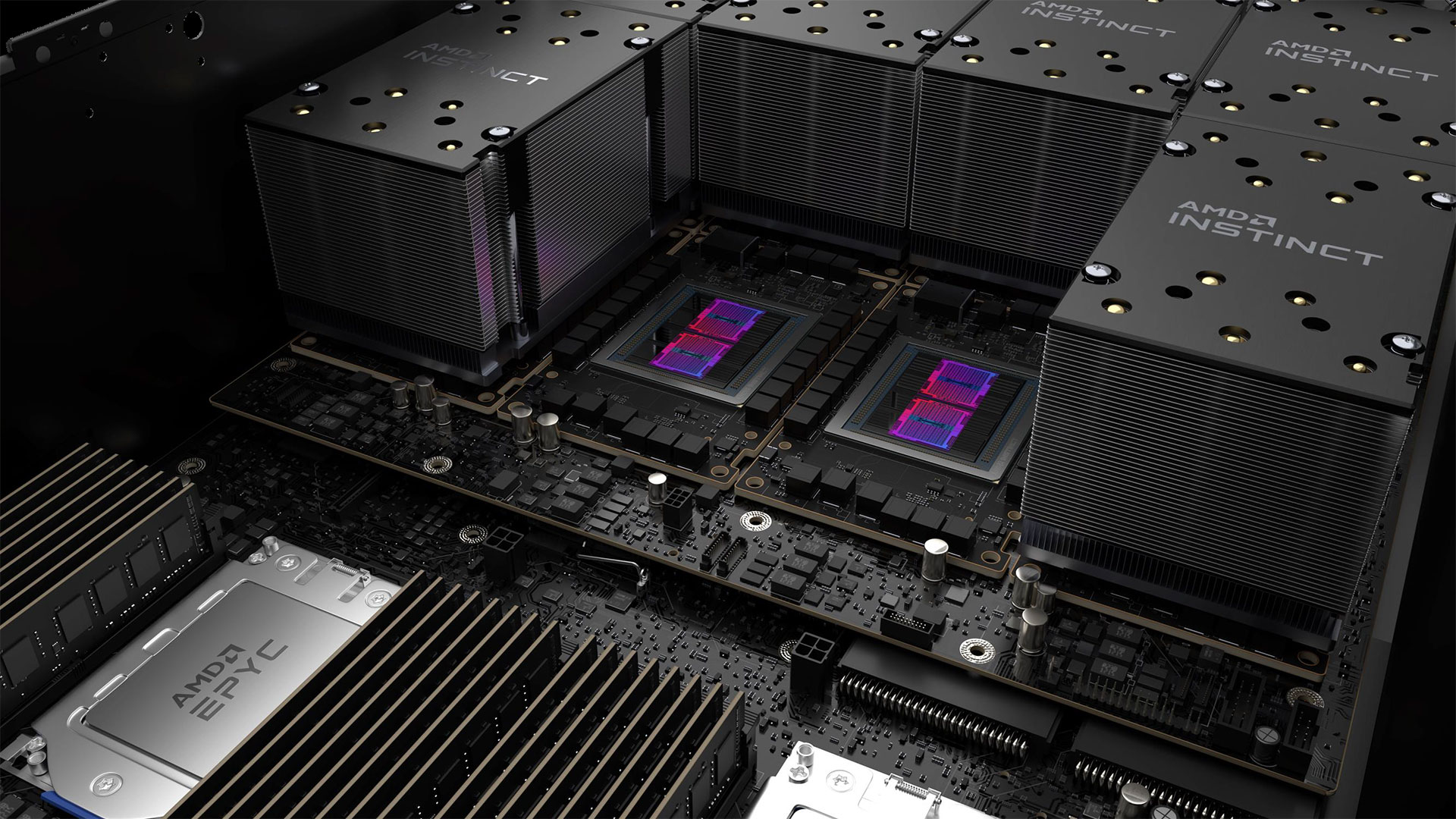
AMD sets new supercomputer record, runs CFD simulation over 25x faster on Instinct MI250X GPUs
By Jowi Morales Published
-
Superconductors
-
-

New research shows naturally occurring mineral is an 'unconventional superconductor' when purified
By Christopher Harper Published
-

New research reignites the possibility of LK-99 room-temperature superconductivity
By Francisco Pires Published
-
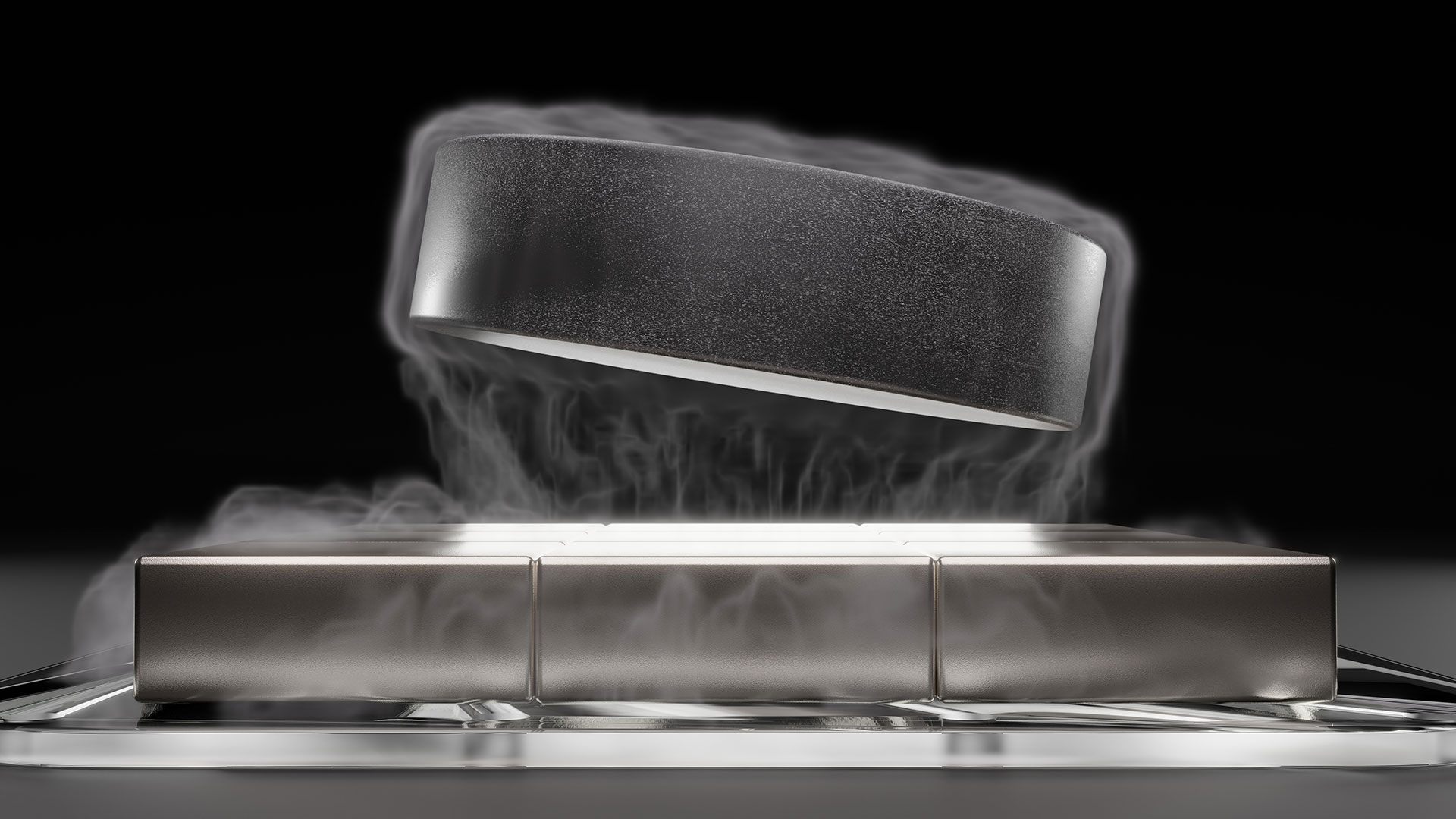
U.S. Govt and researchers seemingly discover new type of superconductivity in an exotic, crystal-like material
By Francisco Pires Published
-
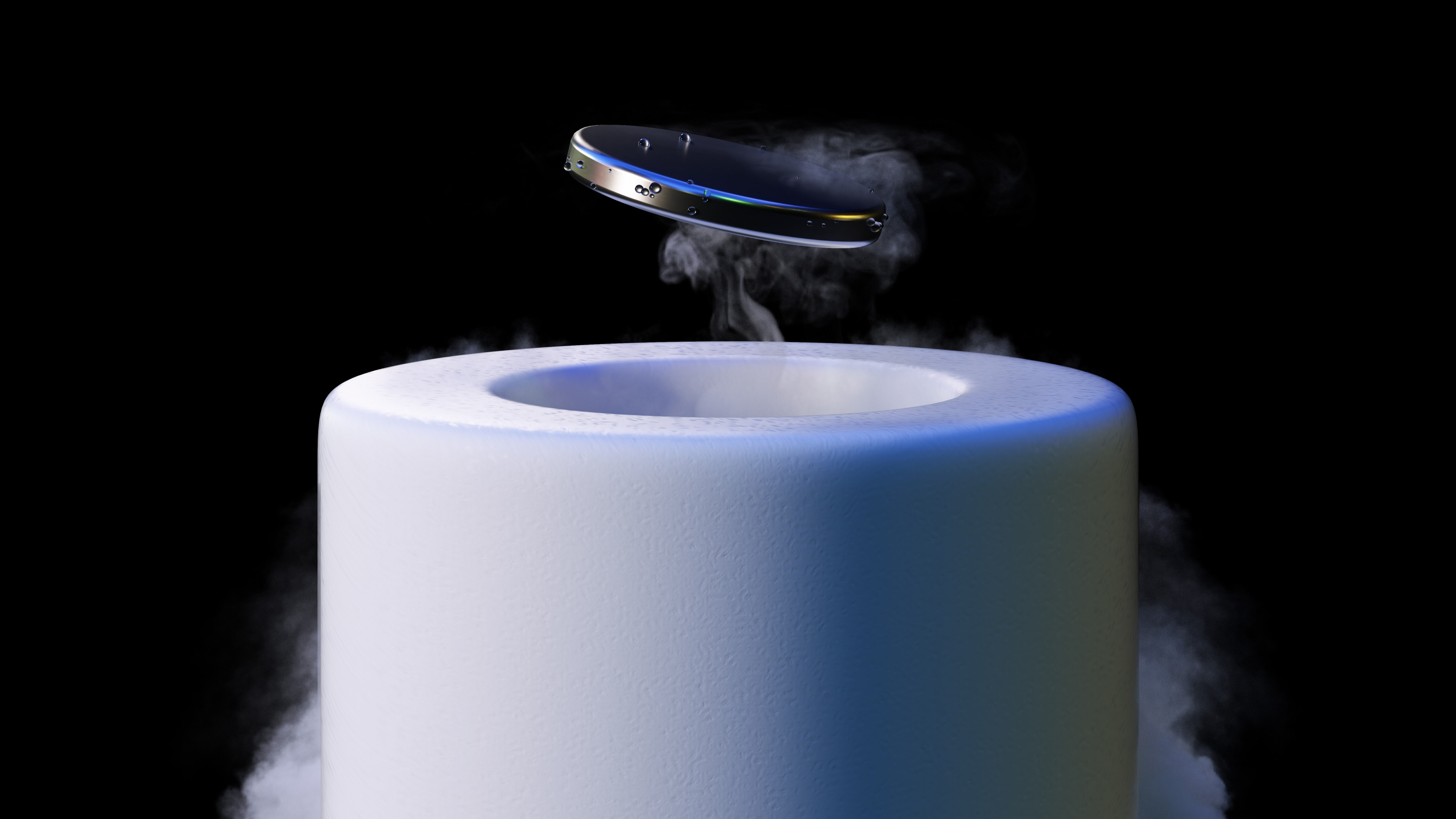
Nature Retracts Controversial Room Temperature Superconductor Paper (But Not LK-99)
By Francisco Pires Published
-

What is a Superconductor?
By Francisco Pires Published
-

MIT's Superconducting Qubit Breakthrough Boosts Quantum Performance
By Francisco Pires Published
-

LK-99 Research Continues, Paper Says Superconductivity Could be Possible
By Francisco Pires Published
-

Is LK-99 a Superconductor After All? New Research and Updated Patent Say So
By Francisco Pires Published
-

Science Journal Says LK-99 Superconductor Dream is Over
By Francisco Pires Published
-